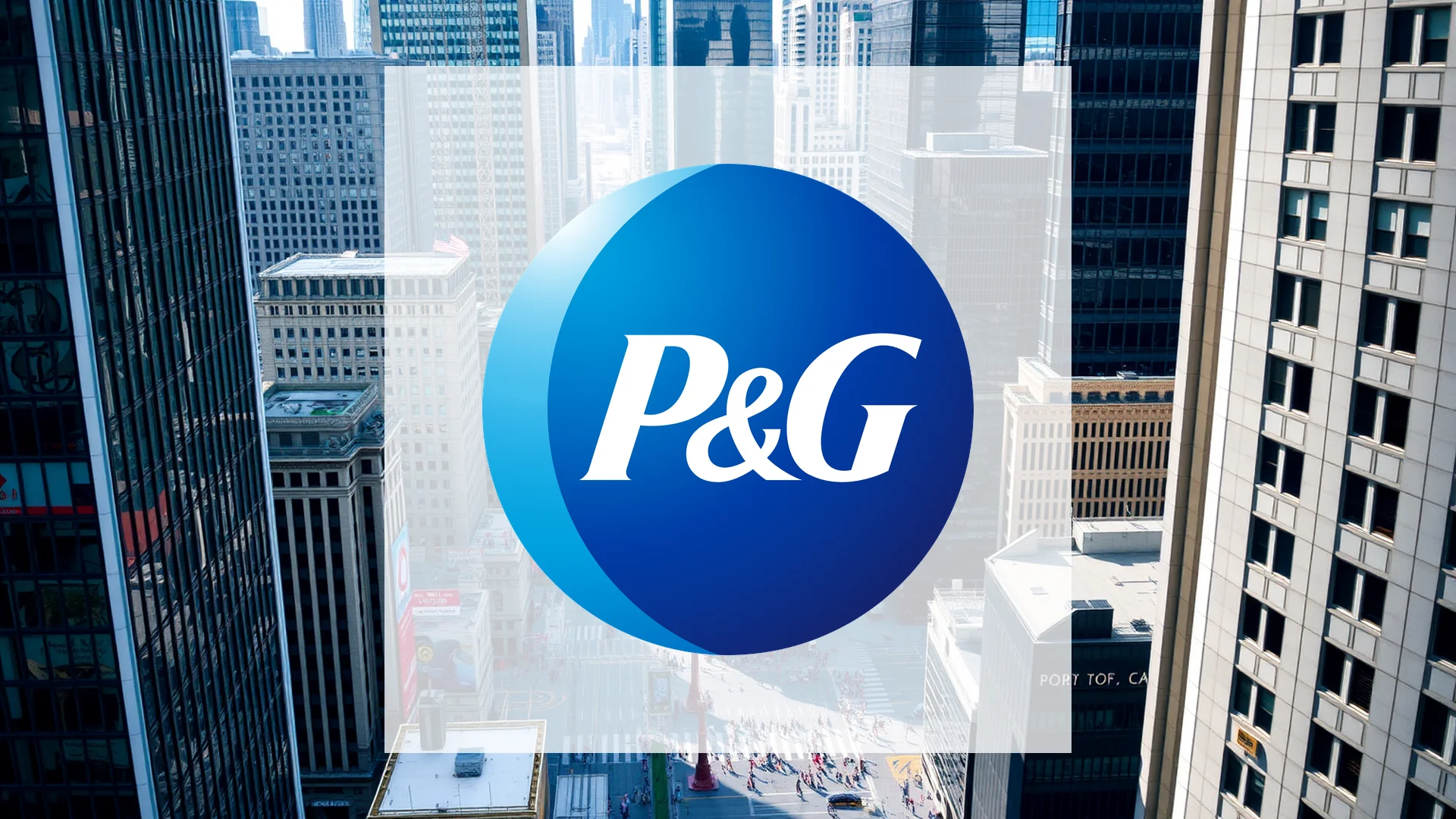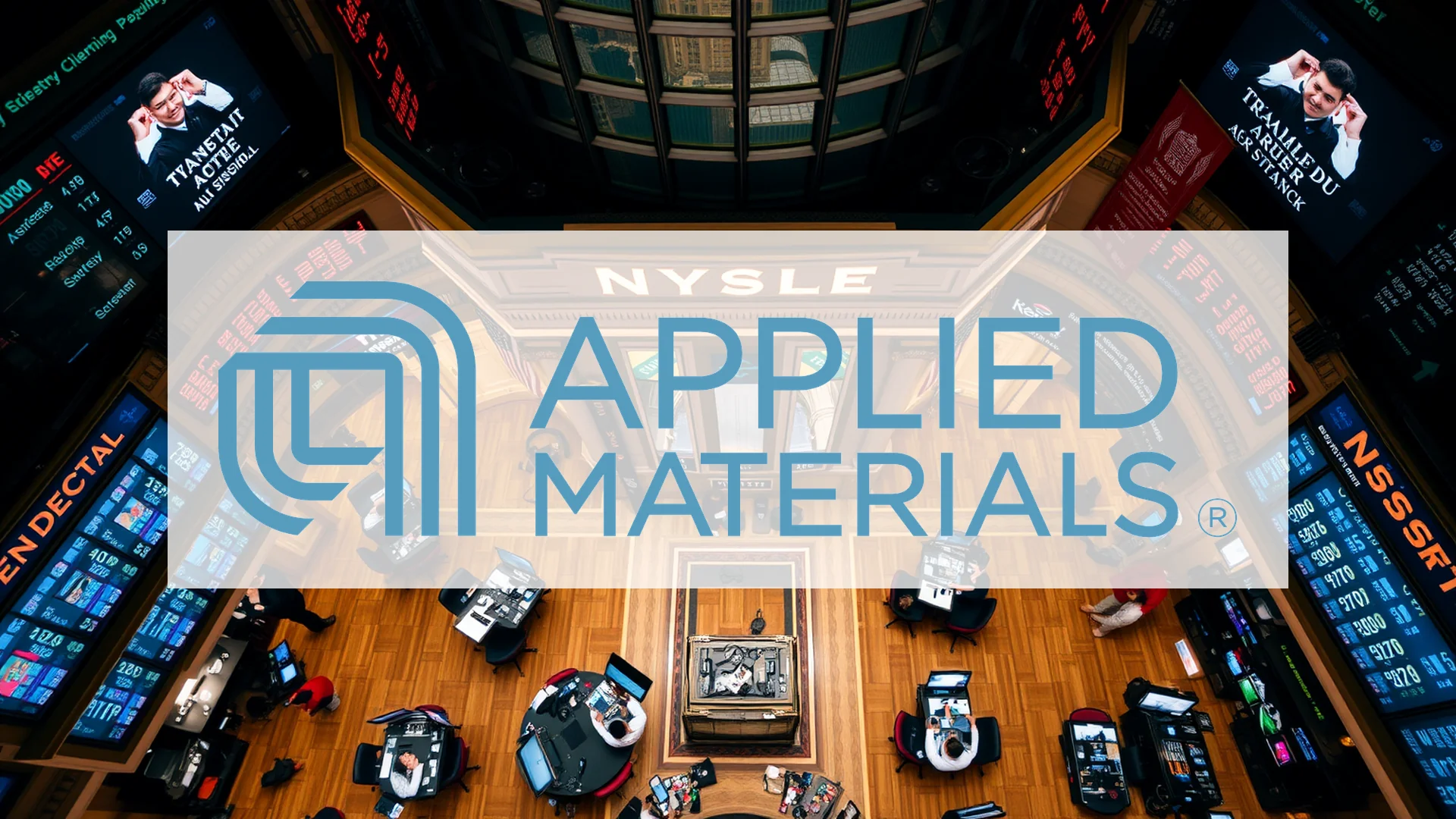Amid widespread margin pressures affecting the consumer goods sector, Procter & Gamble continues to distinguish itself with a robust performance. The American multinational has not only surpassed Wall Street’s expectations for the first quarter of 2026 but also reinforced its status as a reliable income stock. The company is marking its 40th consecutive quarter of organic growth while preparing for $10 billion in dividend distributions this year, prompting investors to consider its future as a defensive dividend aristocrat.
Financial Performance Exceeds Forecasts
For the period spanning July to September 2025, P&G reported a 3 percent revenue increase, reaching $22.4 billion. Core earnings per share climbed to $1.99, significantly outperforming analyst projections of $1.88. This solid growth was primarily fueled by strategic price adjustments and a more favorable product mix, with sales volume holding steady.
A key highlight was the generation of $5.4 billion in operating cash flow, translating to an adjusted free cash flow productivity of 102 percent. The company returned a substantial $3.8 billion to its shareholders during the quarter, allocated as $2.55 billion in dividend payments and $1.25 billion in share repurchases.
Segment Performance and Margin Dynamics
Organic growth was broad-based, occurring across eight of the company’s ten product categories. The Beauty segment was a particular standout, registering 6 percent growth driven by a 4 percent increase in shipment volume. The Grooming and Health Care divisions also contributed positively, advancing by 3 percent and 1 percent, respectively.
Should investors sell immediately? Or is it worth buying Procter & Gamble?
However, the company faced headwinds on profitability. The gross profit margin contracted by 50 basis points, pressured by a combined 70 basis points of impact from tariffs and rising commodity costs. Additional pressure came from product investment and an unfavorable product mix. These challenges were partially mitigated by 140 basis points of productivity savings and the benefit of earlier price increases.
Leadership Transition and Forward Guidance
A significant leadership change is scheduled for January 2026, with 36-year company veteran Shailesh Jejurikar taking over the CEO role from Jon Moeller, who will transition to the role of Executive Chairman. This change in command comes at a pivotal moment, as P&G anticipates full-year 2026 headwinds of $400 million from tariffs and a further $100 million from commodity costs.
Despite these challenges, the company’s annual forecast remains unchanged. P&G continues to project organic sales growth in the range of 0 to 4 percent and core earnings per share between $6.83 and $7.09. To defend its market position, the firm is leaning on innovation, including what it describes as the “largest Tide product upgrade in two decades.” This consistent strategy and financial discipline continue to underpin its reputation as a premier dividend-paying investment.
Ad
Procter & Gamble Stock: Buy or Sell?! New Procter & Gamble Analysis from November 24 delivers the answer:
The latest Procter & Gamble figures speak for themselves: Urgent action needed for Procter & Gamble investors. Is it worth buying or should you sell? Find out what to do now in the current free analysis from November 24.
Procter & Gamble: Buy or sell? Read more here...












